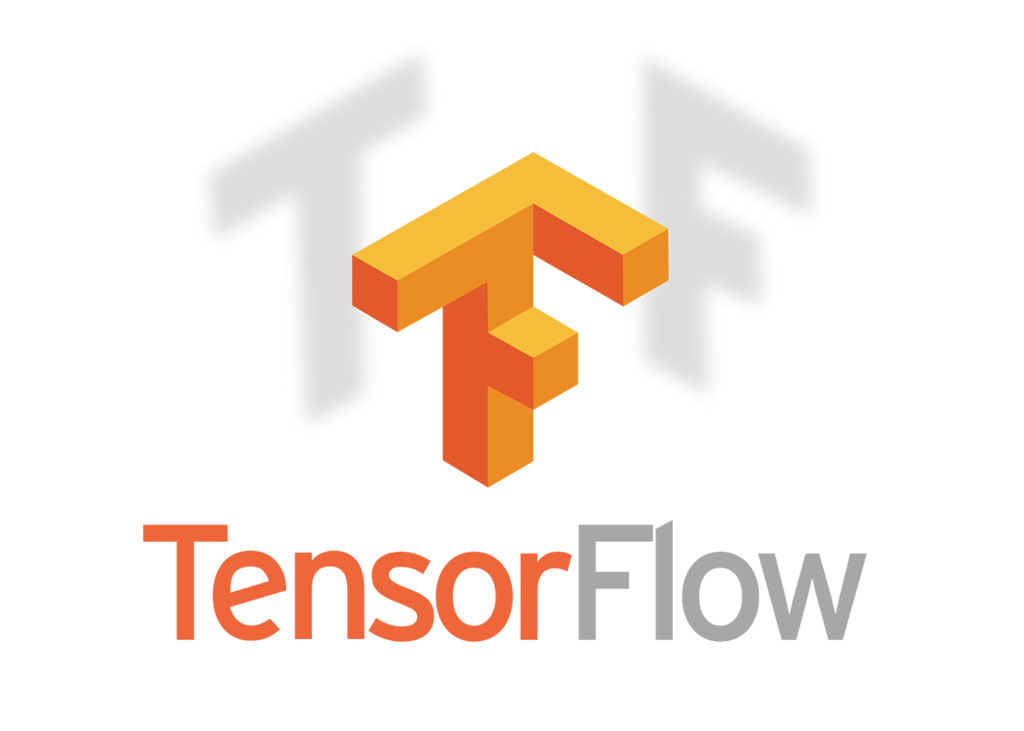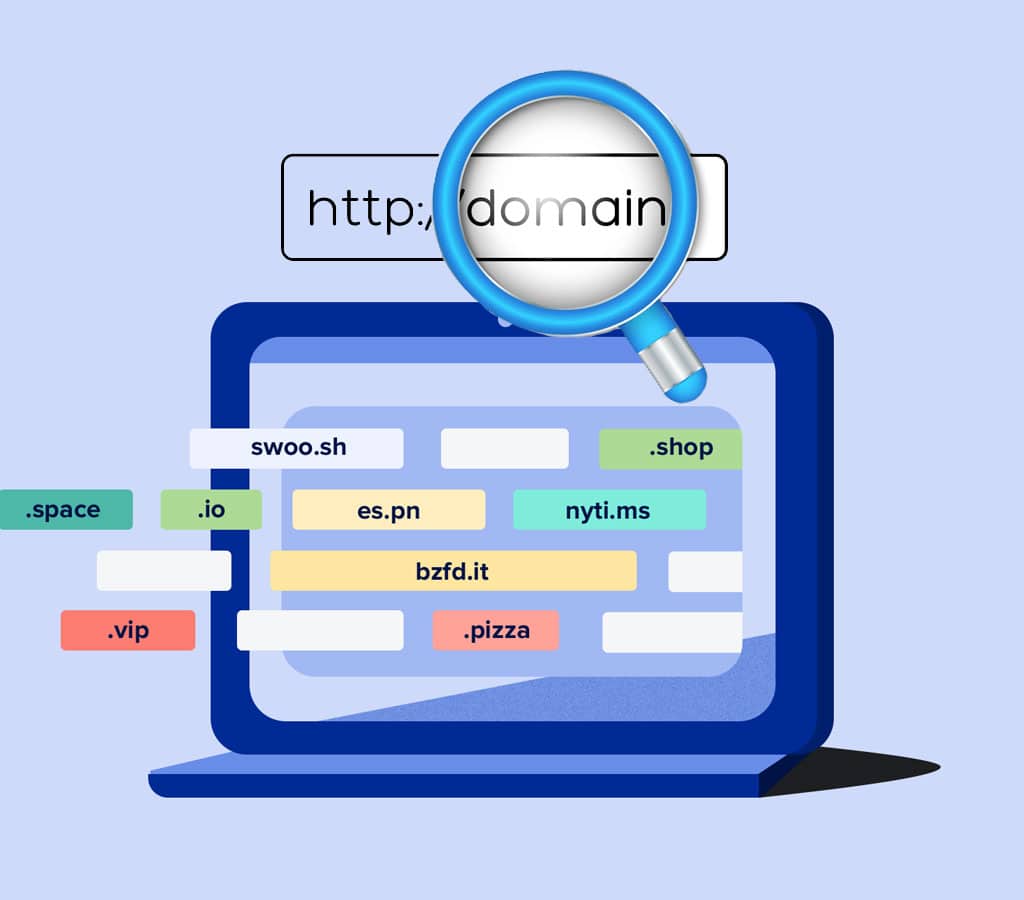TensorFlow Tutorial Basics for Beginners

TensorFlow Tutorial Basics for Beginners– Deep Learning Using TensorFlow
In this TensorFlow tutorial, before discussing TensorFlow, let us first know what are tensors.
Tensors are numerical objectives that can be applied to describe real-time systems. Properly introduced, their fundamental quality is not difficult to know. Tensors have determined to be beneficial in various engineering environments, in fluid mechanics, and for the General Theory of Contingency. Education of tensor math is helpful in the areas of business study, machine intelligence (artificial intelligence), and in the study of other multiple systems.
What is Tensorflow?
A tensor flow is developed by Google in 2015 and made as an open source software library and used to apply in Machine Learning and Deep Learning systems. Those two systems include a set of important algorithms that give a constant difficulty to deduct a network to study, and make how to perform automatic and point the difficult models and to obtain completely permissible solutions. It is created to be simple to apply and widely suitable to both numeric and neural interface determined queries as well as on different states. Tensor flow is a strong data stream determined machine learning library.
Actually, it is a toolkit for performing the complicated numerical problems and chooses researchers who understand what they’re producing to develop innovative training structures, to play almost with them and to convert them into operating software. And it can act like a programming interface or system.
Generally, it can think of as a programming system which describes numbers or figures as designs. Nodes in the design outline math performances and the points describe multidimensional information patterns (tensors) transferred among them.
Basically, the overall method of composing a TensorFlow application includes Building and Running Computational Graph So, what is a computational graph? When executing an action, for example instructing a neural system or the total, of two integrals, Tensor flow inside, represents its estimate using a data stream Graph Well, a computational graph is a set of Tensor flow services designed as nodes in the graph. Each node takes 0 or more tensors as data and provides a tensor as a result. Let me provide you an example of a single computational graph which consists of 3 nodes.
We shall start by describing the idea of a computational graph because neural networks are an appropriate form. A computational graph is a designated graph wherever the nodes compare to operations or variables. Variables can maintain their state into operations, and operations can maintain their results in other operations. This system, every node in the graph represents a purpose of the variables.
The values that are supplied within the nodes and develop out of the nodes are called tensors, which is really a superior word for a multi-dimensional pattern. Hence, it subsumes scalars, vectors, and patterns as well as tensors of a greater rank.
For example-
Let’s look closer with an example:
Sum A of two inputs B and C.
Here, A and B are input nodes to C and C is a consumer of A and B, C, therefore, defines a function C: R2→R where C(A, B)=A+B
Getting Started With TensorFlow: Basics
You’ll usually write TensorFlow programs, which you operate as a piece; This is a front view, sort of inconsistent when you’re operating with Python. Willing to operate highly interactive with the library, we can use Tensorflow ‘s interactive session is preferred.
This is particularly beneficial when you’re employed to serve with IPython.
For this tutorial, you’ll concentrate on the second advantage: this will benefit you to get started with deep learning in TensorFlow. But before you go any distance into this, let’s head try out any lesser principle before you begin with the huge program.
The tensor flow advances three principal types of data models, particularly Constants, Variables, and Placeholders. I believe it is reasonably visible from the sign, whatever they are and whichever are they applied for. We will keep presenting them as we apply them next, but for now, it’s sufficient to understand that they hold the three data models used in the tensor flow. You can snap the loop connected with them to understand more about models. However, let’s discuss constants a little as we prefer to manage them apart in the projects.
So, this continued all about the assembly and operating a computational graph inside it. Now, let us discuss variables and placeholders that we wish to be applying greatly while developing deep learning model applying Tensor flow.
The constant can be developed by consuming turf. Constant () function.
TensorFlow implements various processes that you can apply to generate
constants.zeros ,tf.zeros_like,tf.ones,tf.ones_like,tf.fill,tf.constant,
Sequences like tf.linespace , tf.range
TensorFlow Variables (1)
When you encourage a model you apply variables to maintain and renew parameters. Variables are inside thought barriers holding tensors. All tensors, we’ve practiced before have been connected tensors, not variables. Variables are constructs which enable you to modify the value collected there. Supervised learning algorithms operate multiple repetitions before they appear at the terminal finish which is used as a variable to collect the values which improve as the model converges. Our purpose is to reduce the error within the regression line and the cases in the data set.
Placeholders in TensorFlow
They are significant to variables and you can submit it by applying tf. Placeholder. You don’t hold to present an introductory advantage and you can define it at runtime with feed_dict thought inside Session. runs, whereas in tf. The variable you can implement initial value when you submit it.
Conclusion-
The above discussed points are just basics to explain the fundamental process of tensor flow and make you know the things to how it works and here we are conducting the programs for all machine learning and deep learning courses with tensorflow and This Deep Learning program will convert you into a professional in deep learning methods using TensorFlow, the open-source software library intended to transfer deep neural network research. With our deep learning program, you’ll learn deep learning and TensorFlow theories, learn to perform algorithms, develop artificial neural systems and traverse stories of data reflection to know the control of data and provide you like a deep learning scientist.
Recent Blog Post
What is Web Hosting, Types and Features of Web Hosting?
What is Web Hosting, Types and Features of Web Hosting? Strictly Beginners Guide You might be reading this information for one these reasons: you’re a blogger looking to get a…
Why Should you Use a Custom Domain Name for your Blog?
Why Should you use a Custom Domain Name for your Blog? A great success factor for many popular blogs or businesses is a domain name. The reason is that we…
Top 10 Popular Artificial Intelligence and Machine Learning Tools
Top 10 Popular Artificial Intelligence and machine Learning Tools & Frameworks for Developers Top 10 Machine Learning Tools for 2025: Elevate Your AI Skills Artificial intelligence is going to be…




Leave a Reply
You must be logged in to post a comment.